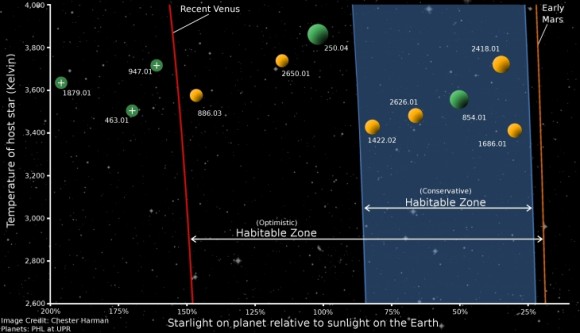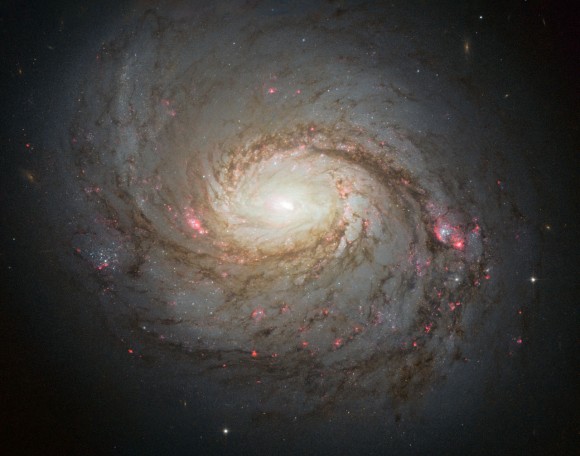^ Thank you, Jack. I’ve been OBSESSED lately with an idea of the amount of space, evidently expanding, within which myriad objects (and dusts and gases and everything else) are moving and thrashing about faster than what’s imaginable. I think that one idea keeps fascinating me so that I’m inundating myself with listening to and reading abstracts and papers about sonifications. I can’t seem to get enough. Frankly, I’m near exhaustion! Am I in school, or what?
On Monday last, I had had a really adventurous morning answering phone calls, each of which I had assumed were to be pretty uncomfortable for all parties concerned. I had enjoyed myself, actually, and as it turned out, all parties were working old presumptions. The conversations were untypically sincere and reconciliatory. I was flabbergasted. Then, to change course for a while, I thought to bring something to RI, and I read the article below that includes a marvelous timelapse that surprised me at its listen so that I wept a bit. I was flabbergasted, again. No one warned me about the music I’d be hearing

. A very pleasant surprise, really.
The music for the timelapse is the final three+ minutes from a piece called “Saturn” that’s included with six other movements in an orchestral suite titled, “
The Planets Op. 32” by composer, Gustav Holst. (Obviously,
Pluto wasn’t included by the finish of the symphony in 1916.) “Saturn” could be a type of music that sometimes prompts a feeling in that area just below the diaphragm, and pushes upward into the area of the throat, and maybe further upward into tears. The last few seconds of the piece might blend one’s senses into the quiet, when one is so inclined.
Here are notes that describe metaphorically the amiable resolutions during phone calls noted above.
SATURN, the bringer of old age. Unlike the previous movements, which are static in the sense that each depicts various aspects of a single trait, this one moves through a series of ‘events’ that bring the music to conclusions not envisioned at the beginning. There is a profound hollowness and sense of defeat in the harmony of the opening chords, and an even deeper despair in the motif sounded beneath them by the double basses. But the elderly voice of wisdom is soon heard in the B-minor theme for the trombones, and at the end the mood is one of acceptance, reconciliation and consequent serenity.
_________________
Beautiful Pan-STARRS Time-Lapse Video | Phil PlaitBad Astronomy | Monday, March 18, 2013

^
Comet Pan-STARRS sets, as seen from the top of Gaislachkogel Mountain in Ötztal, Austria. Image credit: Christoph MalinComet Pan-STARRS is still going strong in the western skies for folks north of the Earth’s equator. It’s been cloudy here in Boulder (of course, because I just got a fancy new camera, sigh) so I haven’t seen it in a few days, though I’m hopeful for tonight.
But even if it starts to pour rain I can console myself that others are getting a spectacular view of it…even if they have to work for it. Astrophotographer Christoph Malin decided the only way to escape the clouds was to go above them, climbing 3000+ meters (9800 feet) to the top of Gaislachkogel Mountain in Ötztal, Austria. It was a brisk -20° C there, but he thinks it was worth it. He took enough pictures to create a fantastic time-lapse video of the comet:
I think it was worth it, too.
 < In 2006, Hubble caught Comet LINEAR disintegrating as it approached the Sun. Click to enhalleynate. Image credit: NASA, ESA, H. Weaver (JHU/APL), M. Mutchler and Z. Levay (STScI)
< In 2006, Hubble caught Comet LINEAR disintegrating as it approached the Sun. Click to enhalleynate. Image credit: NASA, ESA, H. Weaver (JHU/APL), M. Mutchler and Z. Levay (STScI)
Incidentally, SpaceWeather.com is reporting the comet may be fragmenting. This happens sometimes with comets; they are essentially collections of rocks, pebbles, and dust held together by ice. That ice (ammonia, water, carbon dioxide, and more) turns into gas as the comet warms near the Sun, releasing the material that becomes the tail. Larger chunks can dislodge in an event called calving. Sometimes the comet even disintegrates completely! We’ll have to see what happens with Pan-STARRS over the next few weeks. One calving does not a disintegration make, but it does show the comet is active and—like almost all its brethren—still able to give us a surprise or two.
Art will be the last bastion when all else fades away.
~ Timothy White (b 1952), American rock music journalist
_________________




 < In 2006, Hubble caught Comet LINEAR disintegrating as it approached the Sun. Click to enhalleynate. Image credit: NASA, ESA, H. Weaver (JHU/APL), M. Mutchler and Z. Levay (STScI)
< In 2006, Hubble caught Comet LINEAR disintegrating as it approached the Sun. Click to enhalleynate. Image credit: NASA, ESA, H. Weaver (JHU/APL), M. Mutchler and Z. Levay (STScI)











